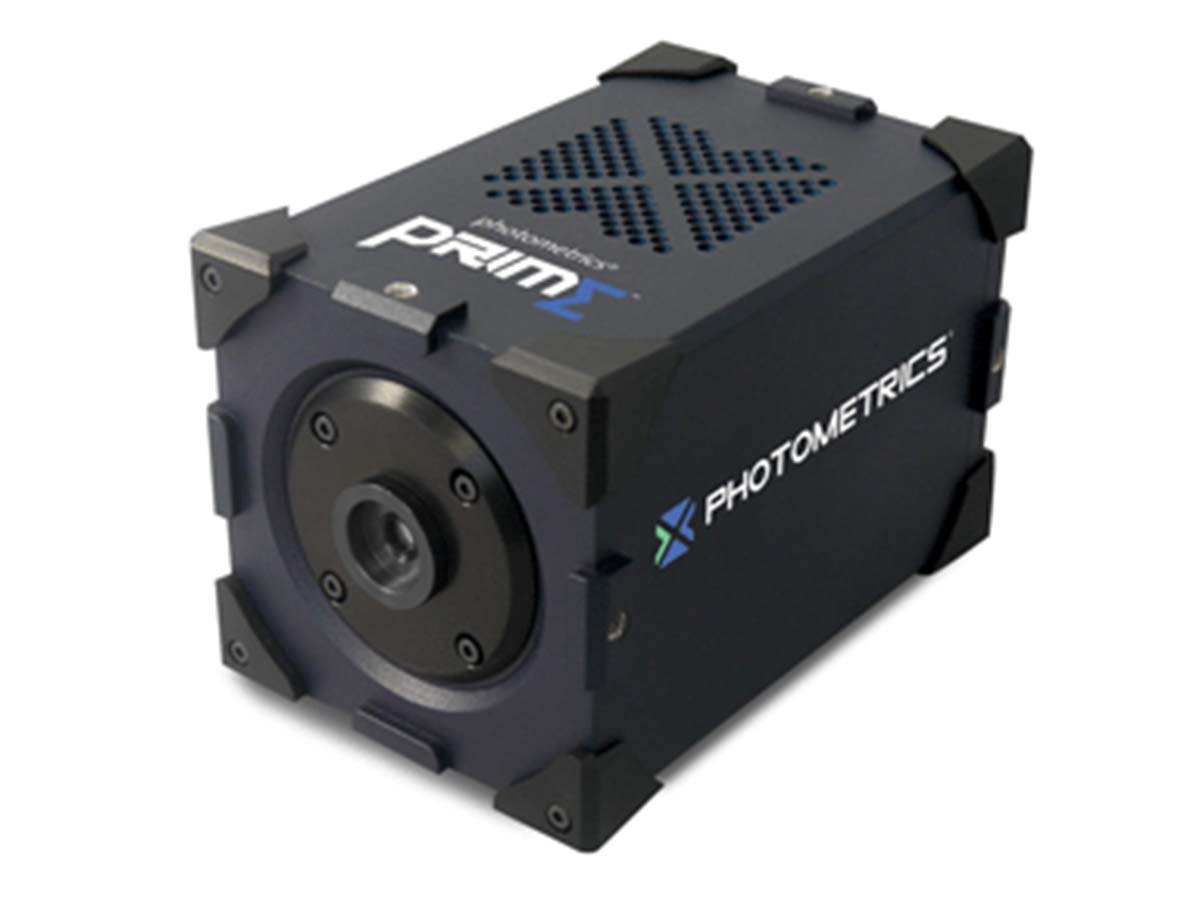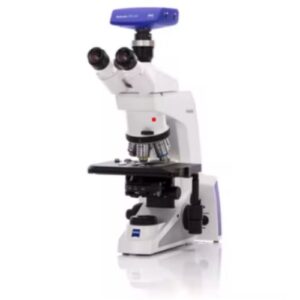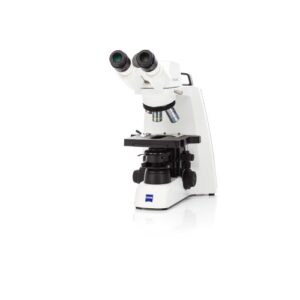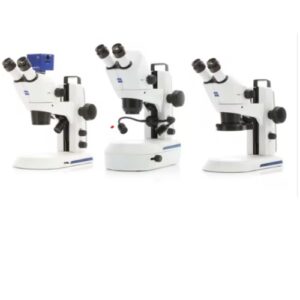Once considered a speed king, sCMOS is showing its versatility
In the early days of sCMOS technology, manufacturers touted only the readout speed of the sensor. One of the first entry’s into the market, Hamamatsu released the Flash 2.8 with promises of speed – but what it offered in speed it lacked in low light sensitivity. Now with sCMOS sensors offering quantum efficiency of more than 95% the sensitivity issue has been addressed – in force. Although very few sCMOS cameras offer 95% QE, at this point most offer 82% QE.
In addition to excellent sensitivity, most sCMOS sensors are also extremely low noise. Where most CCD cameras offer readout noise of 6 electrons rms most sCMOS cameras offer a median readout noise of less than one electron rms. The combination of high sensitivity and low noise means that even long exposures provide very clean data for image analysis.
sCMOS technology takes over for routine imaging
When sCMOS first entered the market at a price over $20,000, most people still opted for the less expensive CCD technology for any application other than high speed. However, currently, most value oriented sCMOS cameras such as the Leica DFC9000G are available for around $14,000. Some sCMOS camerasare now available for less than $10,000 and creeping into the routing imaging realm.
The entry in to routine imaging comes with good reason, sCMOS technology is superior to CCD by offering lower noise, higher resolutions, faster readout, and better low light sensitivity. Models such as the QImaging Optimos and pco.edge come in either at or near the $10,000 mark, making sCMOS available for mainstream users.
sCMOS takes aim at EMCCD
Earlier in 2016 Photometrics disrupted the EMCCD market by introducing the Prime 95B which offers 95% quantum efficiency and 1.44 million 11 micron pixles with a massive 18.7 mm sensor. The Prime 95B is currently in process of devouring what is left of the EMCCD market.
Yes there is still a place for EMCCD for extremely low light applications such as photon counting – but with the Prime 95B the applications are dwindling. Also, with a price that is nearly half of most EMCCD’s, the price advantage is significant as well.
High Speed in Low Light
Conventional wisdom in scientific imaging chose EMCCD for applications where high sensitivity and high speed is required for accurate data collection. Again sCMOS technology is challenging conventional wisdom with clever on camera processing.
The Photometrics Prime employs a process called Prime Enhance where pixel grayscale values are rapidly compared to neighbors thereby reducing the effect of readout noise on the image data. This processing can, in some cases, offer a higher signal to noise ratio (SNR) by a factor of eight! An image acquired at 100ms has equivalent SNR of an image acquired at 800ms!
The End of Big Data
When a 4.2 megapixel sCMOS camera is unleashed at 100FPS with 16 bit images, the file size can increase rapidly. Datasets of 100GB are not uncommon in high speed or multidimensional experiments. However, with the release of the Hamamatsu Flash v3 and Photometrics Prime, sCMOS cameras have started to address the issue of file size by offering lower bit depth images and “blank data” elimination with Prime Locate.
Although disk space is increasingly becoming less expensive, waiting 30 minutes to copy 100GB of data to a network drive is about as exciting as rush hour traffic.
Trust W. Nuhsbaum
The world of scientific cameras is rapidly changing with new technology and models released regularly. Trust the imaging experts at W. Nuhsbaum to educate you on the many choices and help select the right camera for your application.




